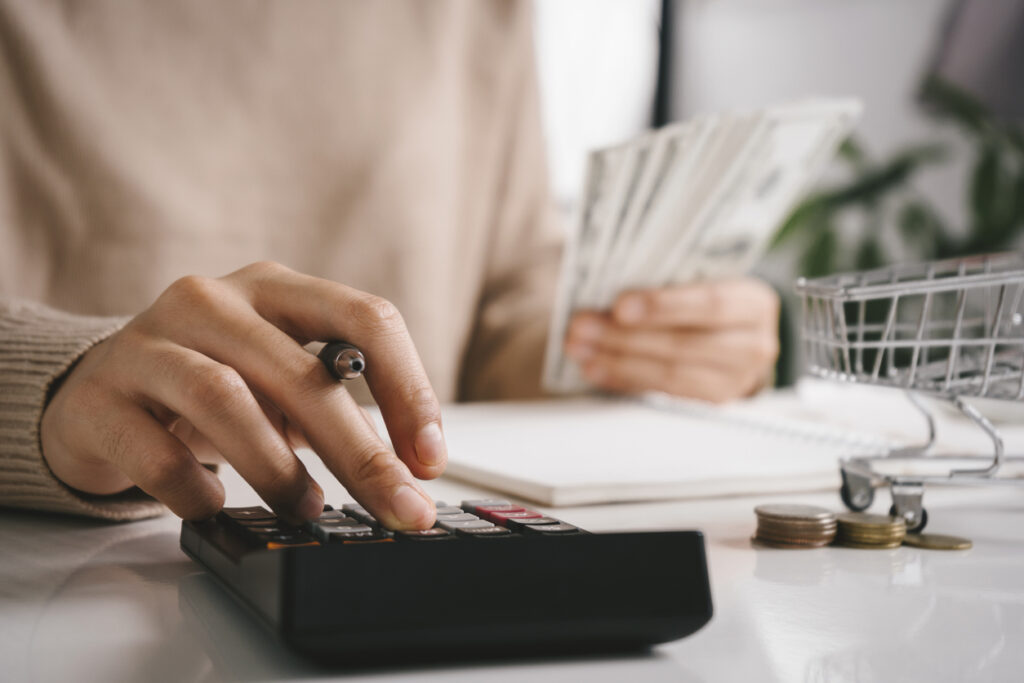Why invest during inflationary environments despite volatility
In inflationary and rising interest rate times like these, there may be a temptation to move or leave your money on the sidelines in savings or “high interest” savings, particularly while volatility in the markets remains high to ‘protect it’.
While it’s true your savings account interest rate is rising and the amount is increasing, if the inflation rate exceeds the interest earned, you are losing money and purchasing power over time.
Take the example:
You have $100 in a savings account that pays a 1% interest rate. After a year, you will have $101 in your account. But if the rate of inflation is running at 2%, you would need $102 to have the same buying power that you started with.
You’ve gained a dollar but lost buying power any time your savings don’t grow at the same rate as inflation.
With that in mind, we take the view that historically and over the long term, disciplined and balanced investing is still the only reliable way to stay ahead of inflation if you want to preserve and grow your wealth.
The key, we believe, is to build a solid portfolio that’s as resistant as possible to harsh conditions such as inflation, and one that allows you to ‘pick fruit’, month after month, year after year in the form of dividends, a very reliable source of total return.
That’s not to say, of course, that you shouldn’t leave money out of the market, as an emergency reserve and as a cash wedge. A certain amount of liquidity in your portfolio, based on careful planning with your advisor, as we explain in our previous article, is always a good idea.
While we can understand that it is insidious, what is inflation really?
At its most basic, inflation is simply the rate at which the cost of goods and services increases over time. Digging a little deeper, there are two main types:
- Demand inflation: This happens when demand for goods and services is higher than the capacity to produce them. The difference between these two causes prices to rise.
- Cost inflation: This occurs when the cost of production – what industries spend on labour and raw materials — goes up, raising prices for consumers.
Inflation and its effects wreak havoc on the economy, business, and investing. Furthermore, it reduces purchasing power and for people who live on fixed incomes or paycheque-to-paycheque, its impact can be profound. This is why policymakers and markets are so worried about it.
In general, governments and their central banks tend to respond to inflation by hiking interest rates. This increases the cost for consumers to borrow so they tend to spend less, decreasing demand, lowering growth, and (hopefully) tamping down inflation.
The reasons for our current inflation woes are many and complex — from increased consumer demand as COVID-19 recedes to the effects of the pandemic on global supply chains as well as the time it’s taking for companies that deliver the goods and services we count on to ramp back up to pre-pandemic levels.
Regardless of the reasons for and effects of inflation, one thing that continues to be clear is that, over the long run, investing and staying invested in assets, including income-producing investments through dividends and distributions as well as real estate, still beats saving and keeping money on the sidelines.

